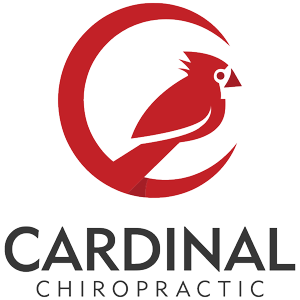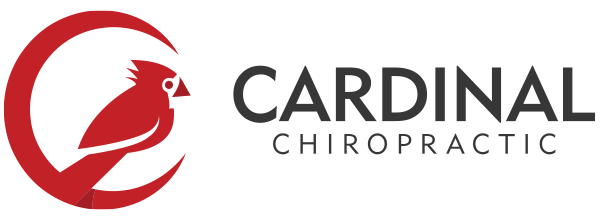Proper ergonomics is important to have in order to prevent chronic pain and chronic stiffness in your body. It will also help you to be more productive at work and less tired at the end of the day. Having the proper tools are essential to having good ergonomics. However, knowing how to use those tools is equally as important.

Below are some simple guidelines to help you with your home or in office ergonomics:
Chair
Choose a chair that fits your body. Most chairs are designed for the average height. However, some of us are small and some of us are tall. So make sure you find a chair that fits you.
When sitting in your chair, be sure to sit “deep in the seat“. You may find yourself sitting on the edge of the chair which will cause you to slouch. It’s important to get your bottom as far back in the seat pan as it can go. This will keep your lower back supported and prevent you from slouching.
Be sure your thighs are parallel to the floor and your feet are flat on the floor. If your chair is too low, this will raise your knees up causing flexion in your hips. This can tighten your hip flexors creating back pain. This can also occlude the neural and vascular supply to your legs, creating coldness or numbness/tingling in your legs and/or feet.
If your chair is too high this will cause an open angle in your hip and will take away the support in your lower back. Using a footstool can help you to keep your thighs at the correct level.
Desk
Make sure there is enough room underneath your desk for your legs. If your desk has hard edges consider using a padded forearm or wrist rest. Resting forearms or wrists on a firm edge can put direct pressure on your nerves causing numbness and tingling in your arms or hands. Also, make sure your desk is at the proper height to allow proper function of your keyboard and mouse.
Keyboard and Mouse
When using your keyboard and mouse, your forearms should be about 90° to your upper arm. It is good to have a slight open angle to allow proper nerve and vascular flow. Keep your keyboard and mouse close to your body to prevent you from overreaching. If you are constantly over reaching for your keyboard and mouse this can cause neck, shoulder, and upper back pain.
Monitor
Your monitor should be directly in front of you and the top should be at, or slightly below, eye level. The distance of your monitor should be within fingertips reach. If your monitor is too far this can cause forward head posture or if it is to close this could cause eye strain.
Desk objects
Any object on your desk that is in regular use should be within arms reach. You will want to avoid over reaching for items throughout the day to prevent shoulder, upper back, and neck pain.
Breaks
The human body is not designed to sit for eight hours a day. Even with the best ergonomics, it is still stressful on your body to sit for 8 hours each day. This is why proper ergonomics is so essential. It is also why taking breaks throughout the day is important as well. I recommend taking a micro break every 45 to 60 minutes of repetitive sitting.
Remember your ergonomics is not just not how you sit at your desk. It is also how you sit in your car, on your couch, or even at the dinner table. Practice good ergonomics wherever you are sitting to keep your spine healthy.

